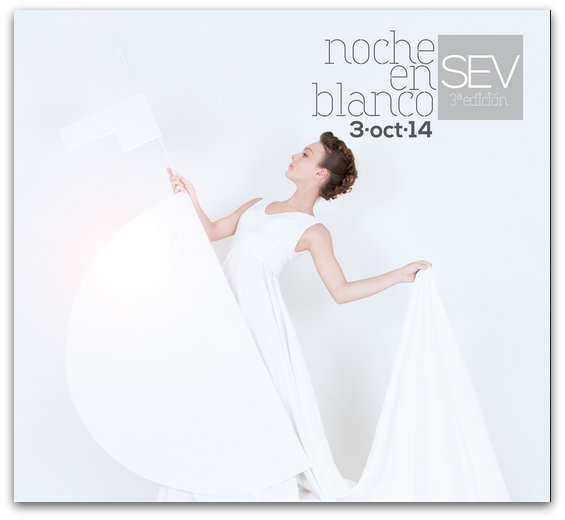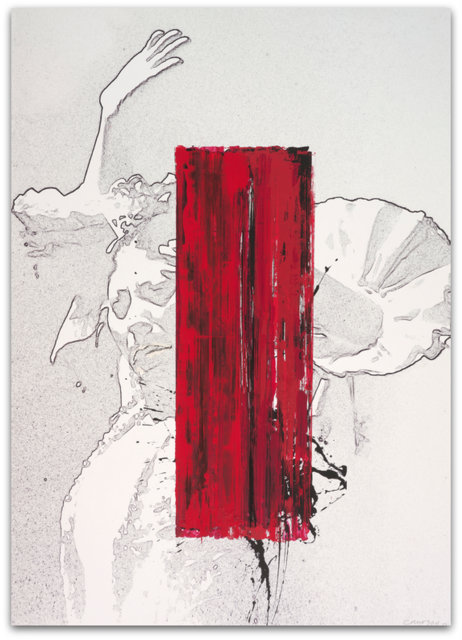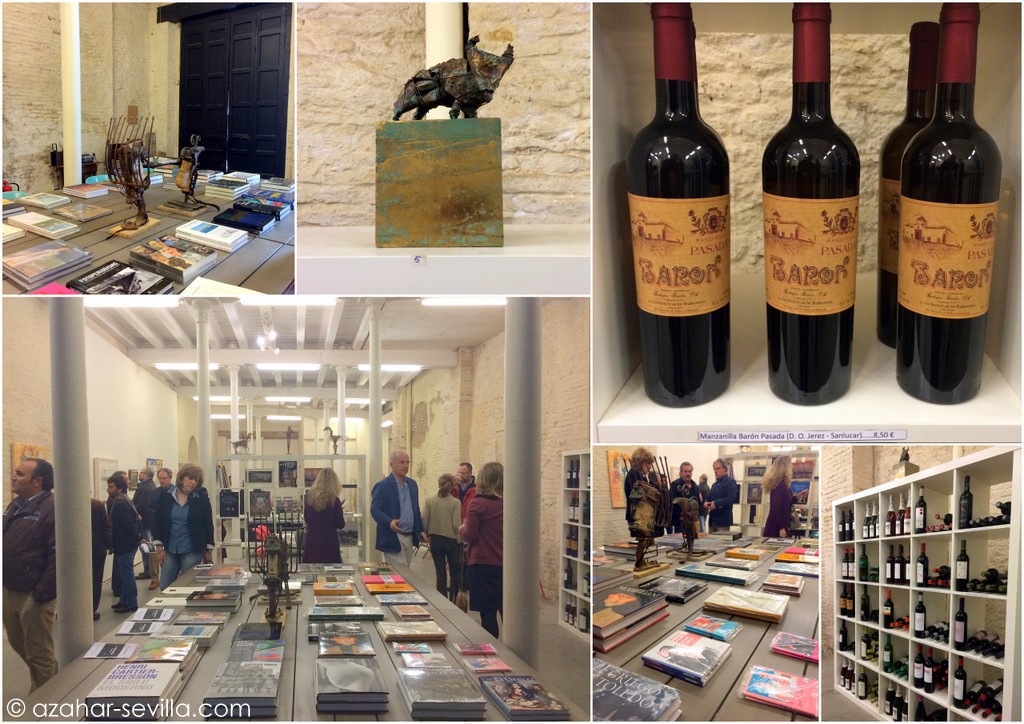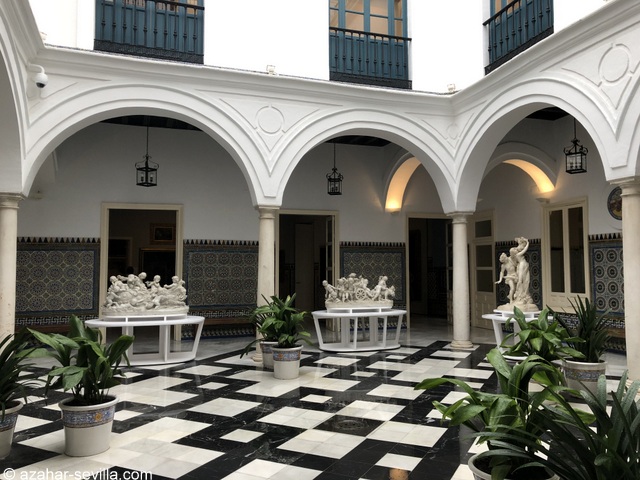
The inauguration of Sevilla’s newest art museum in the Casa Fabiola, housing the collection of Mariano Bellver and his wife Dolores Mejías, took place on October 11, and a week later I went to see what was on offer. I have to say I was very impressed.
Casa Fabiola is an excellent choice for the collection, and can be found opposite the upper end of Mateos Gago, on the edge of the old Jewish quarter (a short section of the remaining wall can be found just along the street) in the heart of the historic centre. It’s a late 16th century Casa Palacio built around a typical courtyard with marble columns and floors and decorative tiling, and takes its name from the novel Fabiola, written by Nicholas Wiseman, who was born in the house in 1802 and went on to become the first Cardinal Archbishop of Westminster.
The Bellver collection is housed in the rooms around the courtyard on the ground and first floors, and consists of 567 pieces: 299 paintings, 112 sculptures, 57 figures in ivory and bone, 44 pieces of furniture, 42 pieces of porcelain and ceramics and 13 clocks. And the building itself is a work of art – be sure to check out the ceilings in each room.
The museum has a great atmosphere, small enough to avoid art fatigue, large enough for a good variety of styles and types of art. For me it particularly managed to encapsulate something of the essence of Sevilla in its paintings of patios and street scenes, and the decorations and furnishings of a typical upper class house, so that I was constantly reminded of the reasons why I made Sevilla my home, and the things I love here. It’s a delightful homage to Sevilla and Andalucía.
I will certainly be paying this one another visit in the not too distant future, can wholeheartedly recommend it to anyone visiting Seville. A few photos below…
Museo Bellver
Calle Fabiola 5
Open: 11.00 – 20.00
Closed Monday
Continue reading “Museo Bellver | Casa Fabiola”
 The two painters, born in Seville a generation apart (Velazquez in 1599 and Murillo in 1617), and having their formative influences there, nevertheless had quite different career trajectories, Velazquez leaving Seville to work at the Spanish court in Madrid in 1623, while Murillo spent his entire working life in Seville. It’s not known whether the two ever actually met in person (though they must have been aware of each others’ work), but while there is no record of a meeting, it’s not impossible as Murillo visited Madrid on several occasions, although art experts think that there was only limited reciprocal influence.
The two painters, born in Seville a generation apart (Velazquez in 1599 and Murillo in 1617), and having their formative influences there, nevertheless had quite different career trajectories, Velazquez leaving Seville to work at the Spanish court in Madrid in 1623, while Murillo spent his entire working life in Seville. It’s not known whether the two ever actually met in person (though they must have been aware of each others’ work), but while there is no record of a meeting, it’s not impossible as Murillo visited Madrid on several occasions, although art experts think that there was only limited reciprocal influence.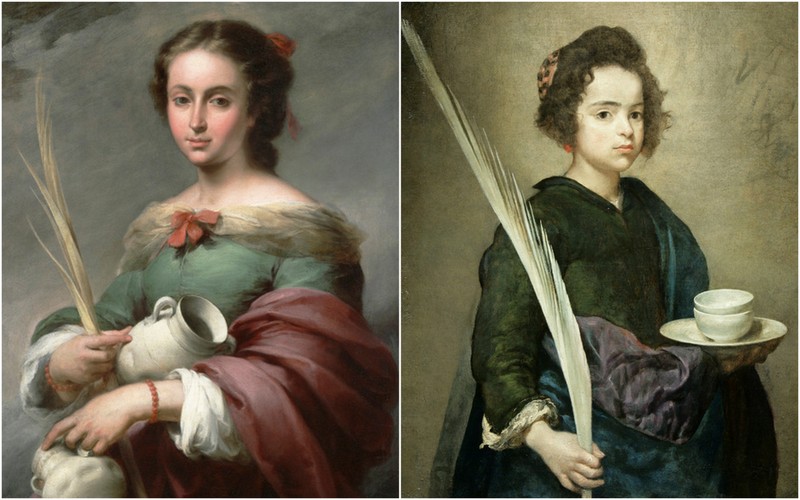 Santa Rufina by Murillo (left) and Velázquez (right)
Santa Rufina by Murillo (left) and Velázquez (right)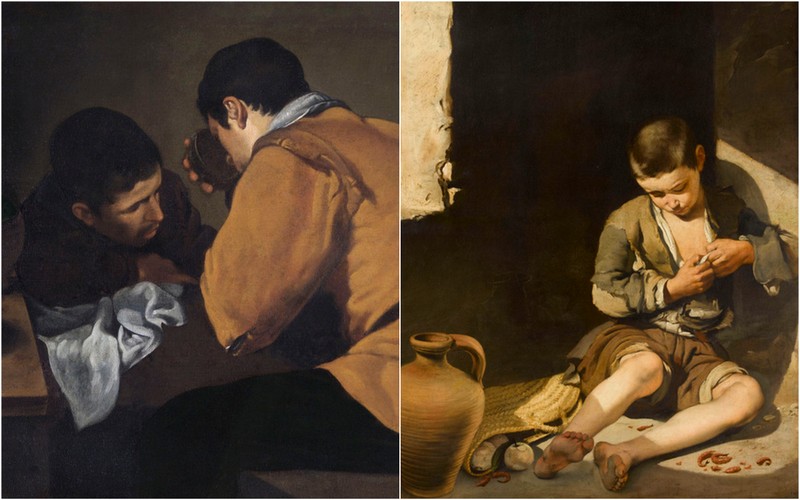 Everyday scenes by Velázquez (left) and Murillo (right)
Everyday scenes by Velázquez (left) and Murillo (right)